Lung Damage and COVID-19
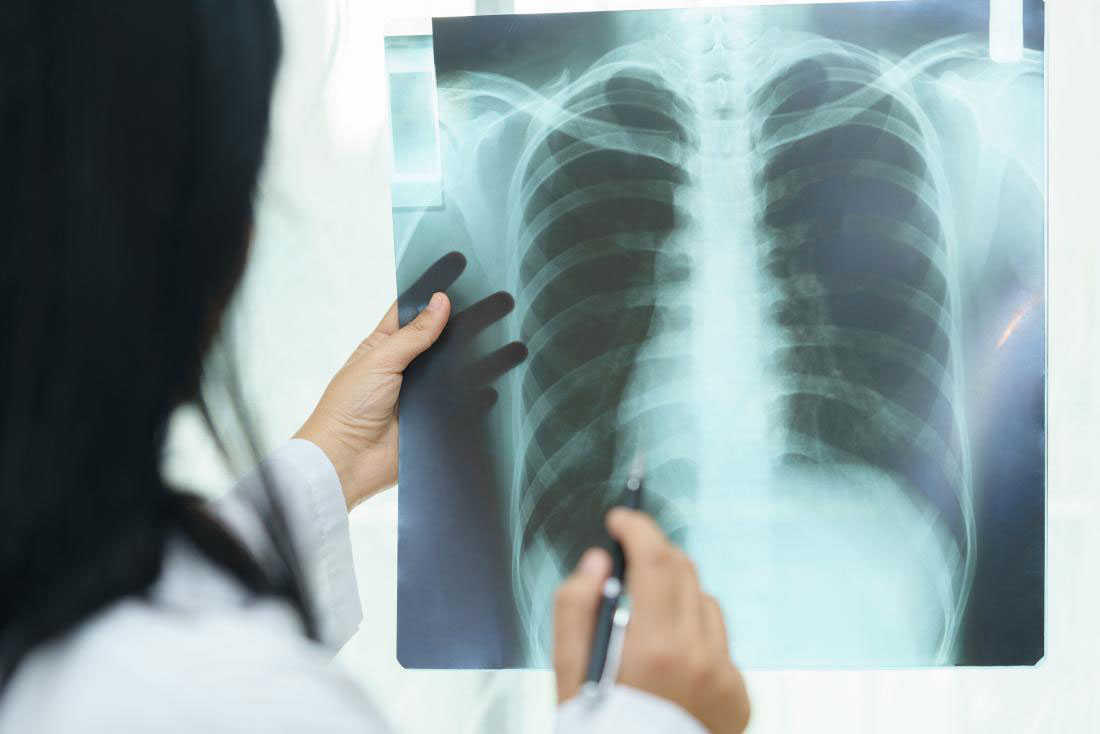
Impact of COVID-19 on Lung
More than 213 million people have been infected by coronavirus 2 (SARS-CoV-2) till now during the COVID-19 pandemic. SARS-CoV-2 mainly impacts the lungs but can also damage different organs. During the pandemic phase of COVID-19, the effect of long COVID with ongoing various symptoms and disability after SARS-CoV-2 infection has become evident.
COVID-19 infection has caused a range of breathing problems, from mild to critical. Aged people and people with health conditions such as heart disease, cancer, and diabetes may have more serious symptoms. When the coronavirus enters your body, it comes into contact with the mucous membranes that line your nose, mouth, and eyes. The coronavirus would enter a healthy cell and use the same cell to produce new virus parts. The virus would then multiple and infect the nearby cells.
The different variants of coronavirus can infect the upper or lower part of your respiratory tract. The virus would travel down your airways infecting the lining making it irritated and inflamed. In some severe cases, the infection can reach down into your alveoli, leading to the fluid formation in air sacs.
Scientists and researchers believe that the effects of COVID-19 on your body are similar to those of two other coronavirus diseases, severe acute respiratory syndrome (SARS) and the Middle East respiratory syndrome (MERS).
Effect of COVID-19 on Lungs
COVID-19 can lead to lung complications such as pneumonia, acute respiratory distress syndrome, or ARDS, or even sepsis. Sepsis can cause lasting harm to the lungs and other organs. In the case of severe COVID-19, a significant pro-inflammatory condition can result in several critical diseases, complications, and syndromes.
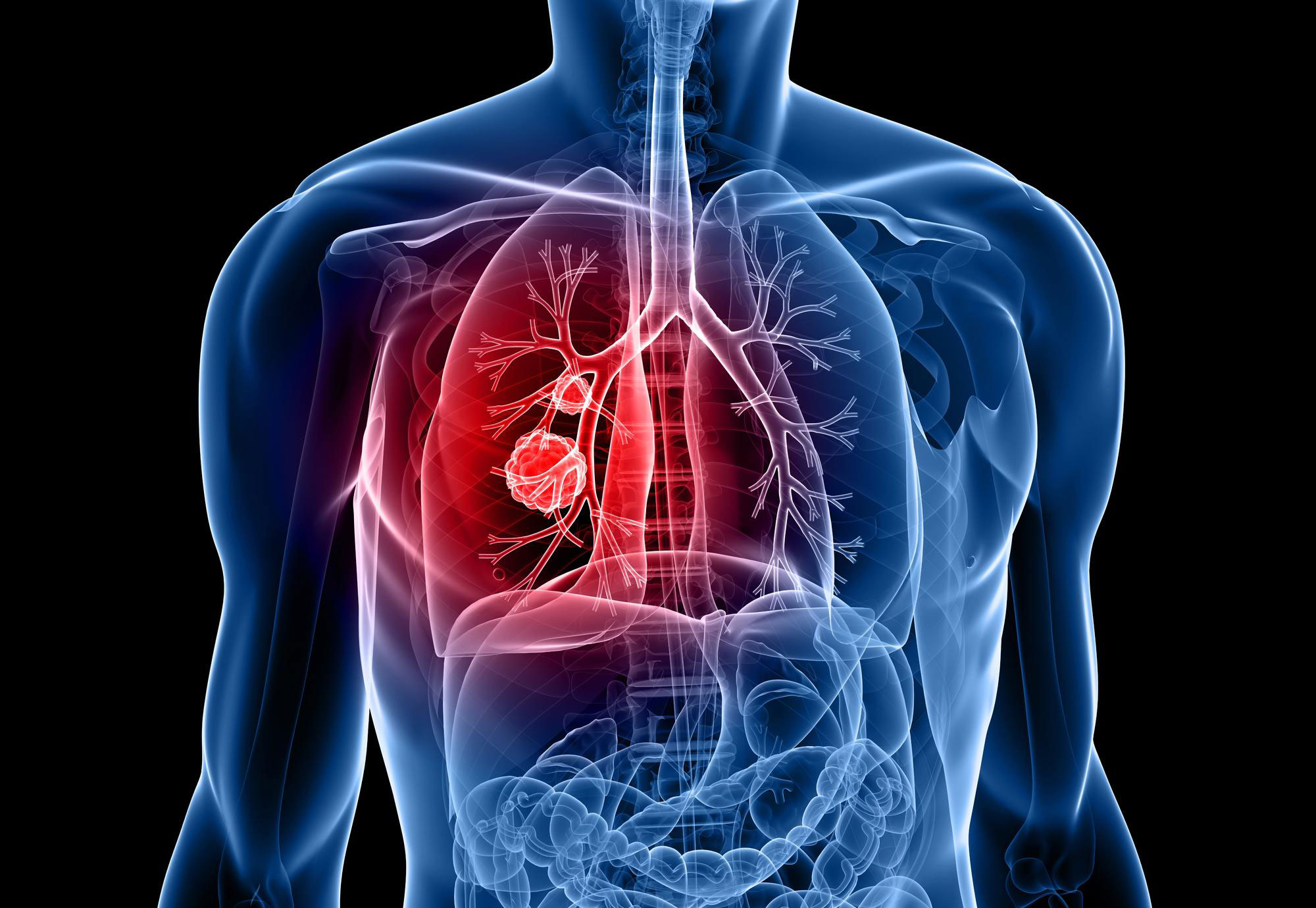
COVID-19 Pneumonia
The lungs become filled with fluid and inflamed due to pneumonia, leading to breathing difficulties. The breathing problems can become severe enough for some people to require hospitalization and treatment with oxygen or even a ventilator.
Pneumonia caused due to COVID-19 infection tends to take hold in both lungs. The fluid gets filled in air sacs of the lungs, thereby, limiting their ability to take in oxygen and causing shortness of breath, cough and, other symptoms.
Most people may recover from pneumonia without any long-lasting lung damage. Sometimes, pneumonia associated with COVID-19 can be severe, and even after the infection has cleared, lung injury may result in breathing difficulties. This post COVID complication might take months to improve.
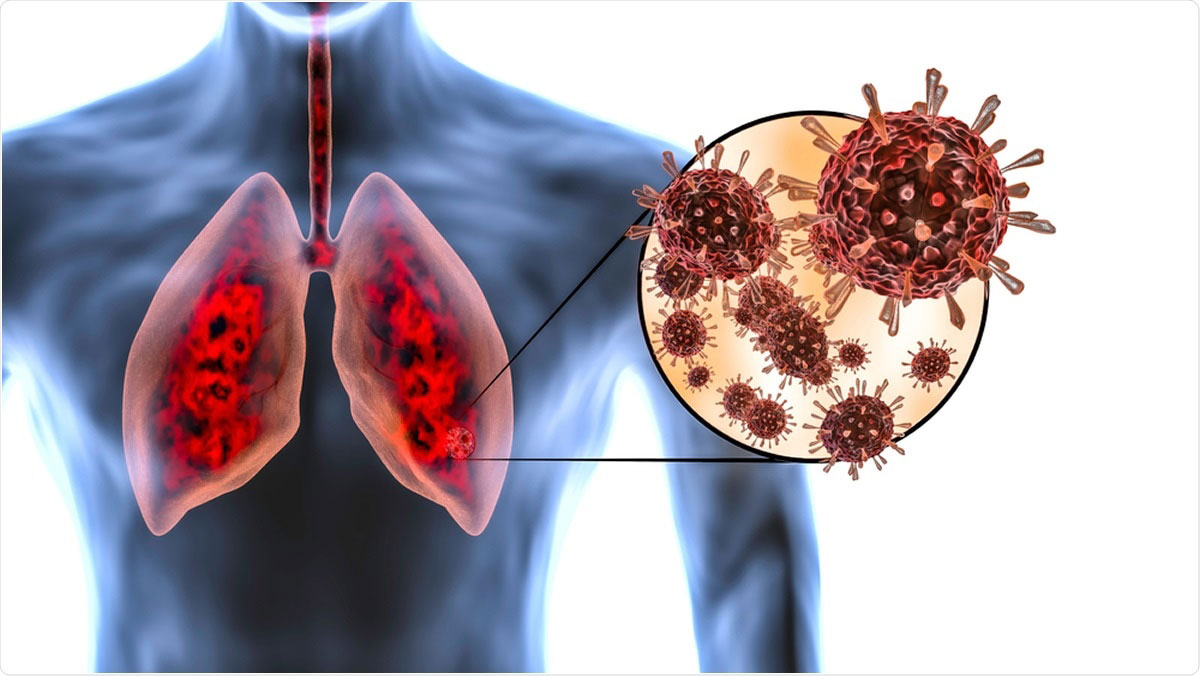
Acute Respiratory Distress Syndrome (ARDS)
ADRS is a serious condition. Due to the progression of COVID-19 pneumonia, more of the air sacs become filled with fluid and further leaking from the tiny blood vessels in the lungs. In due course, you may feel shortness of breath, and this can lead to acute respiratory distress syndrome (ARDS). ADRS is a form of lung failure where patients are unable to breathe on their own and may require ventilator support to help circulate oxygen in the body.
ADRS can be fatal whether it occurs at home or in the hospital. People surviving from ARDS may have lasting pulmonary scarring. Some of the risk factors increase the likelihood of the development of ARDS in people with COVID-19, such as advanced age, diabetes, and high blood pressure.
The doctor would diagnose ADRS if the patient has extreme difficulty breathing and shortness of breath accompanied by rapid, shallow breathing. People with ADRS have low oxygen levels in the blood resulting in other symptoms, including confusion, dizziness, excessive sweating, low blood pressure, and rapid heart rate. The patient may also notice their fingertips, lips, or skin taking on a bluish hue, which is a sign of insufficient blood oxygen level.
The main aim of treatment is to increase blood oxygen levels, provide breathing support, and treat the underlying cause of the disease.
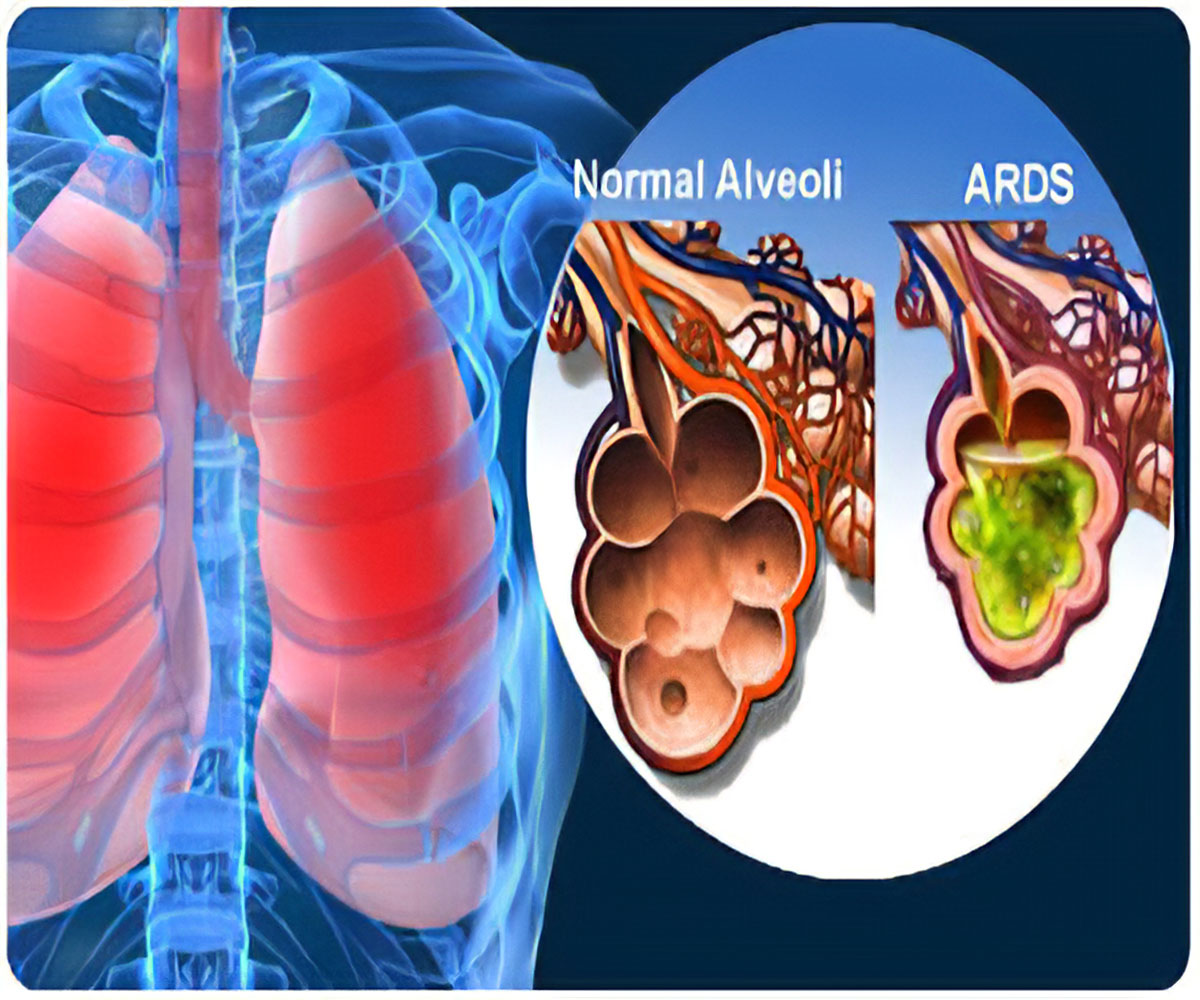
Sepsis
COVID-19 can lead to sepsis, which is the body’s overwhelming and life-threatening response to an infection leading to organ damage and death. During the COVID-19 pandemic, one in three patients dies in the U.S. due to sepsis. Sepsis is caused when the coronavirus infection reaches and spreads through, the bloodstream, causing tissue damage everywhere it goes.
Lungs, heart, and other body systems work in sync with each other same as instruments in an orchestra. In sepsis, the sync between the organs is disturbed. Our complete organ systems can start to shut down, one after another, including the vital organs lung,s, and heart.
If a patient survives sepsis they can have lasting damage to the lungs and other organs. Doctors and researchers have found that COVID-19 may lead to sepsis due to various factors including direct viral invasion, the presence of a bacterial or viral co-infection, and/or the age of the patient.
Although certain treatments seem promising, including convalescent plasma, dexamethasone, or the antiviral treatment, remdesivir, they are still experimental.
SuperInfection
When you have COVID-19, the immune system is working hard to fight the invader. A usual complication of COVID-19 viral infection is a secondary superimposed bacterial infection or a superinfection. This makes the body more vulnerable to infection with another bacterium or virus on top of the COVID-19 leading to superinfection. Additional bacterial or viral infection along with existing coronavirus infection can result in more lung damage. The doctors have observed various superinfections among COVID-19 patients, ventilator-associated pneumonia (VAP), followed by bacteremia with sepsis, and urinary tract infections (UTIs). On top of the infection, the antibiotics prescribed to keep these infections at bay leads to antimicrobial resistance (AMR). This can pose a great challenge among COVID-19 patients and lead to increased mortality.
Factors affecting COVID-19 Lung Damage
Various factors are affecting the lung damage among COVID-19 patients, including:
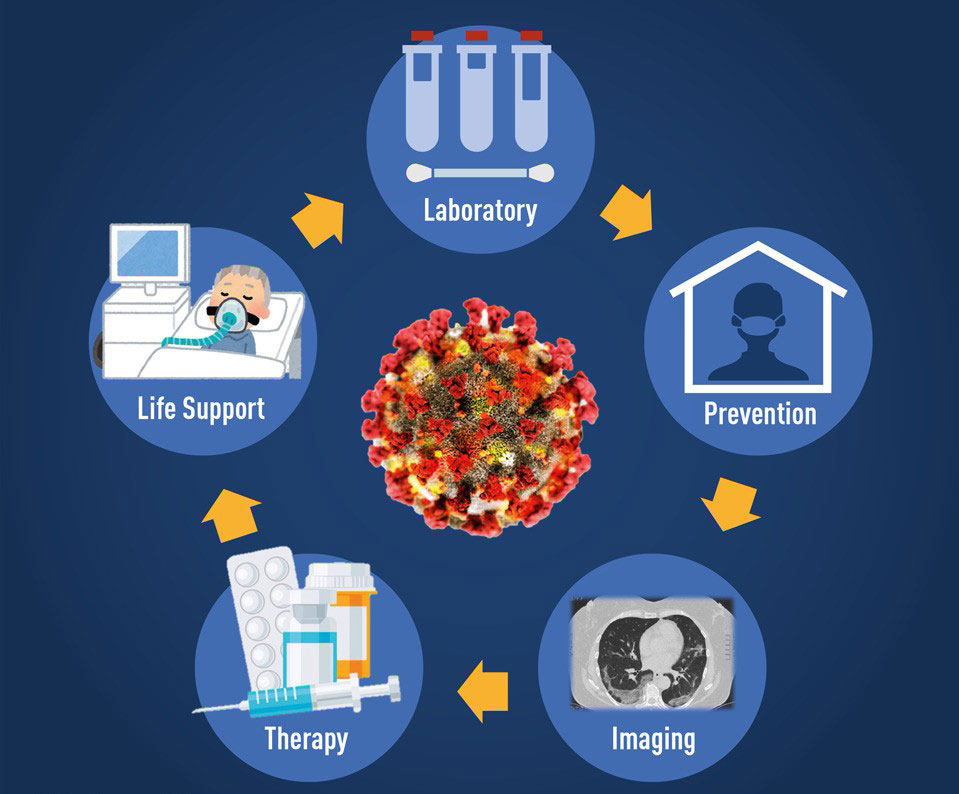
Disease severity: The severity of the coronavirus infection causes great impact, whether the person has a mild case or a severe one. Milder cases are less likely to cause lasting scars in the lung tissue.
Health conditions: Certain existing health problems, such as chronic obstructive pulmonary disease (COPD) or heart disease that can raise the risk for severe disease. Age is another factor in increasing the risk as older people are more vulnerable to a severe case of COVID-19. The lung tissues of older people may be less elastic, and they may have weakened immunity because of advanced age.
Treatment: The patient’s recovery and long-term lung health depend on the kind of care they receive, and how quickly. Timely support in the hospital for severely ill patients can minimize lung damage.
Outlook
COVID-19 can have a vast impact on all organ systems, and the severity of its impact on the organs is directly associated with survival. The doctors and researchers are still investigating the relationship between COVID-19 and damage to vital organs. The process of lung healing can produce various symptoms. After a serious case of COVID-19, recovery of lungs is possible, but not overnight.
If you or anyone you know is suffering from the effects of Covid-19, our expert providers at Post Covid Centers will take care of your health and help you recover.
Call us on (469) 545-9983 to book a telehealth appointment for a home check-up.
Post Covid Syndrome vs. Fatigue
While COVID-19 is a short-lived disease in most people, others experien...
Post Covid Syndrome vs. Skin Weakness Problems
A new study illustrates that some patients with COVID-19 disease have continuous skin-associated symptoms...
RELATED BLOGS
